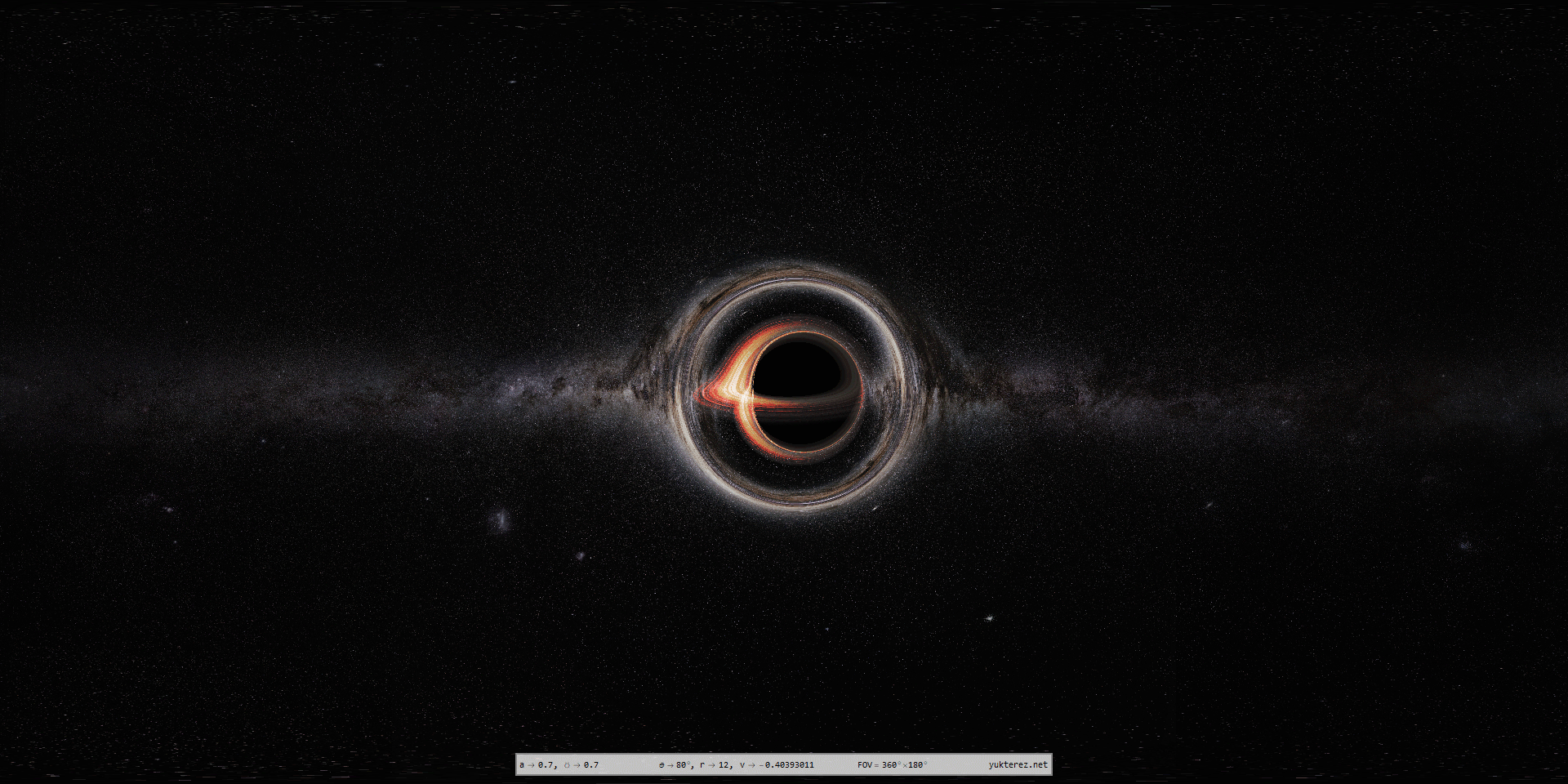

So close to the sun, Mercury doesn’t skate over the same ellipse every orbit like the other planets but spirals around instead because of how the sun curves spacetime. The virus has already infected people in 122 countries.Įinstein’s first test of his theory was the precession of the orbit of Mercury, a 200-year-old anomaly of Newton’s laws. Walking home after the announcement, I feel unease, like waiting for an ill wind to pass through - the sort of miasma that Londoners thought was responsible for the plague of 1665 - and only when it is gone will we know who it has claimed and who it has left behind. My university shifts to online classes in the middle of March and the nebulous threat crystallize into reality. I joked that if they invented a branch of mathematics to solve their homework, I would give them an A. The Annus Mirabilis, Miracle Year, though historians argue that the work was spread over half a decade.

Schwarzschild sent his solution in a letter to Einstein in 1916: “As you can see, the war treated me kindly enough in spite of the heavy gunfire, to allow me to get away from it all, and take this walk in your land of ideas.”Įarly in the semester, before ever hearing of Wuhan, I told my astronomy class that when Cambridge University closed due to an outbreak of the plague in 1665, Isaac Newton went home to Lincolnshire and over the next eighteen months developed his theories of calculus, optics, and gravitation. The virus was on my periphery till then - something that barely registered in my universe. One by one the sparks become fires, new hotspots. By the time I start tracking it at the beginning of March, red dots appear like sparks all over the globe. Before the city was locked down on January 23, near the beginning of the 16-day Chinese New Year celebrations, the mayor estimated that five million people left. If there was a boundary around Wuhan, where the coronavirus originated, it was porous. This boundary became known as the event horizon because no event within the boundary could be observed from outside. It would be surrounded by a region where nothing, not even light, could escape. You get a point of no volume and infinite density - a singularity. What happens gravitationally if you squeeze the mass of an object to a point? This was Karl Schwarzschild’s question while stationed at the Russian front of the First World War. Well-studied but poorly understood, like a virus. They are both metaphor and physical entity, mute commentary on what is known, unknown, and unknowable.


 0 kommentar(er)
0 kommentar(er)
